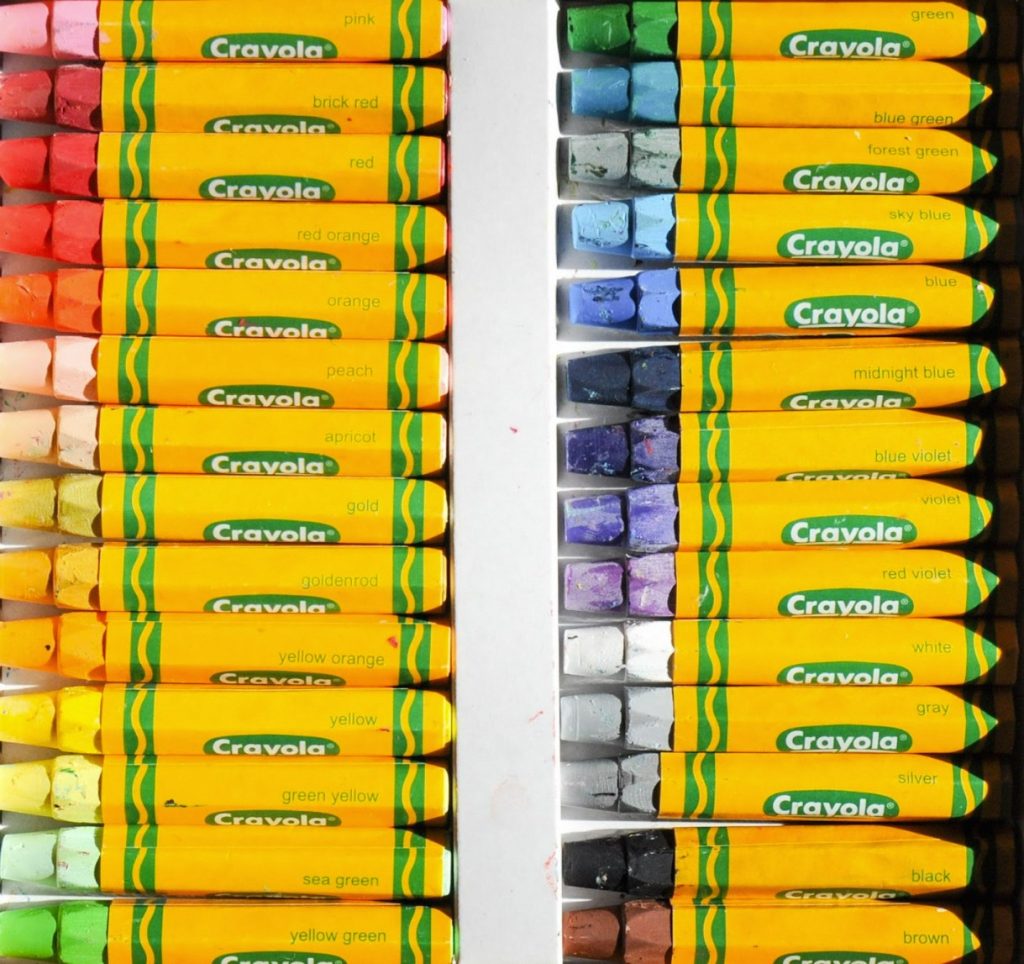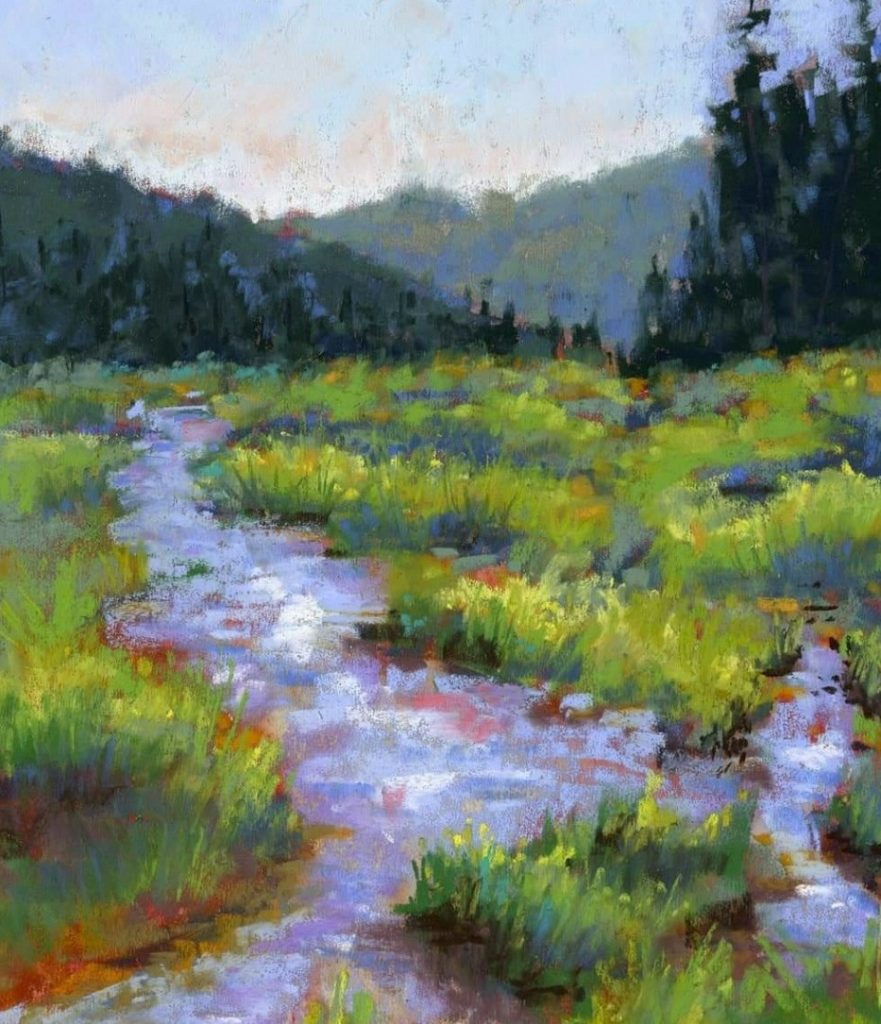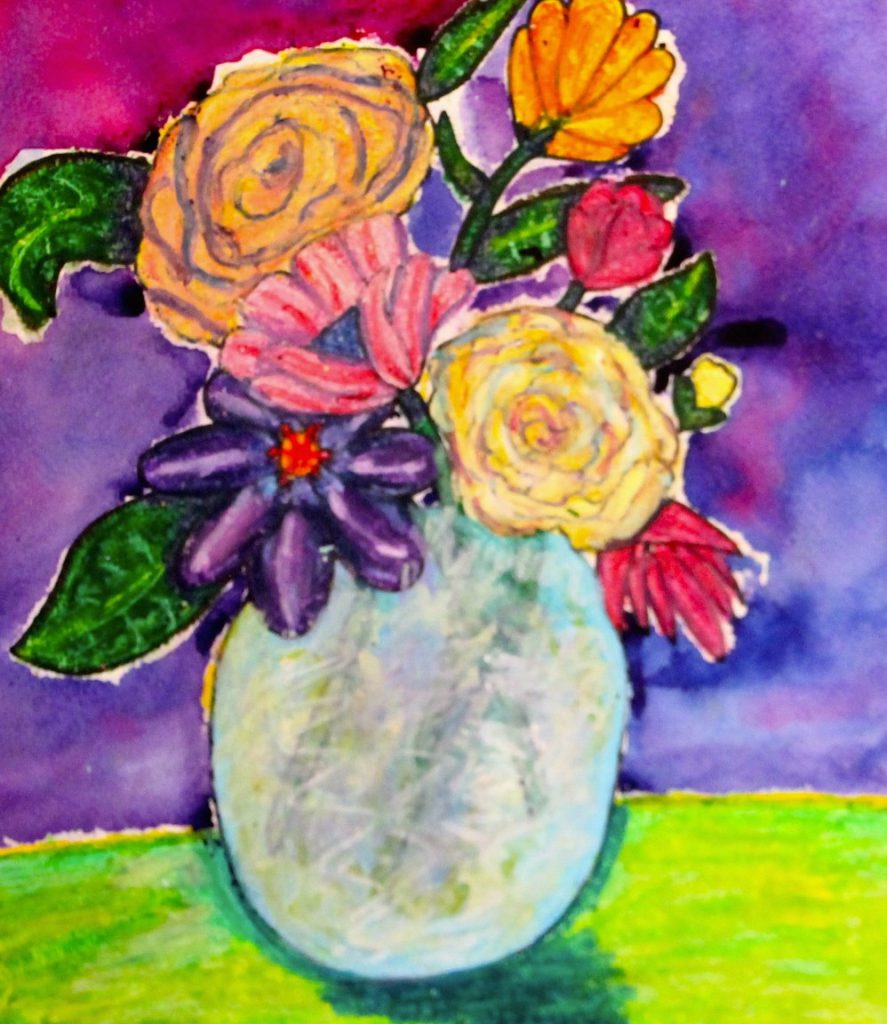Oil pastels, with their vibrant colors and unique texture, are an artist’s dream tool for creating captivating still lifes. Unlike traditional paints, they offer a delightful tactility, allowing you to directly translate the roughness of a weathered wooden table, the smooth sheen of a ceramic vase, or the delicate veins of a leaf onto your canvas. This guide explores four key techniques to harness the potential of oil pastels and transform them into instruments for creating still lifes bursting with texture and depth.

Part 1: The Power of Strokes – Building Texture
Stroke Direction and Pressure: Mimicking Surface Texture
The direction and pressure of your strokes significantly impact the perceived texture of objects in your still life. Use short, choppy strokes for rough surfaces like tree bark or woven fabric. Employ long, sweeping strokes for smoother textures like polished wood or flowing drapery. Experiment with varying the pressure you apply. Lighter strokes create a base layer of texture, while heavier strokes define details and add a sense of depth and realism.
Layering and Scumbling: Creating Realistic Textures
Don’t shy away from layering your oil pastels! Apply thin layers of different colors to build a more realistic representation of various textures. For instance, layer browns and yellows with varying pressure to depict the chipped paint on an old vase, or use greens and blues with short strokes to create the textured surface of a leafy vegetable. Scumbling, a technique where you lightly apply a color over another, can add subtle texture and depth to your still life.
Part 2: Capturing Light and Shadow – Enhancing Depth

Understanding Light and Shadow: Defining Form
Light and shadow play a crucial role in creating depth and dimension within your still life. Identify the light source and how it falls on your objects. Utilize lighter colors for areas bathed in light and cooler, darker tones for shadows. This interplay creates a sense of form, making your objects appear three-dimensional and grounded within the composition.
Highlighting and Accents: Adding Depth and Interest
While capturing the overall light and shadow is important, don’t forget the subtle details that enhance depth and visual interest. Use the tip of your oil pastel or a blending tool with minimal pressure to add highlights on raised edges or reflective surfaces. Experiment with incorporating contrasting colors for accents, like a cool blue highlight on a warm, sunlit object. These subtle details add a sense of realism and draw the viewer’s eye around your composition.
Part 3: Composition and Negative Space – Creating a Cohesive Still Life
Balance and Placement: Arranging for Depth
A strong composition is essential for creating a captivating still life with a sense of depth. Consider the arrangement of your objects. Placing objects closer together creates a sense of intimacy, while positioning them further apart adds a feeling of isolation and emphasizes individual textures. Utilize negative space, the area surrounding your objects, to create a sense of balance and guide the viewer’s eye through the composition.

Foreground, Midground, Background: Creating Layered Depth
Further enhance the illusion of depth by dividing your composition into foreground, midground, and background. Utilize cooler, less saturated colors in the background to create a sense of distance. As you move forward to the midground and foreground, introduce progressively warmer and more saturated colors, along with increased detail and texture, to draw the viewer’s eye into your still life.
Part 4: Experimentation and Practice: Honing Your Still Life Skills
Embrace the Unexpected: Exploring Tools and Techniques
The beauty of oil pastels lies in their versatility. Don’t be afraid to experiment with unconventional tools for blending or creating textures. Try using sandpaper to create a rough surface, cotton swabs dipped in solvent (with caution!) for soft edges, or even household objects like leaves or crumpled paper to create unique textures. The more you experiment, the more you’ll discover the unique potential of this medium and develop your own artistic style.
Practice Makes Perfect: Mastering Texture and Depth
Creating captivating still lifes with oil pastels that burst with texture and depth takes dedication and practice. Start with simple arrangements, focusing on mastering the techniques covered in this guide. As you gain confidence, introduce more complex compositions with a variety of textures and experiment with different lighting setups. Remember, the more you practice, the better you’ll understand how to translate the subtle nuances of texture and depth onto your canvas, transforming everyday objects into captivating works of art.

By mastering these techniques and fostering a spirit of exploration, you’ll unlock the power of oil pastels to create stunning still lifes that come alive with texture and depth. So grab your oil pastels, arrange your objects with an eye for depth and texture, and embark on your artistic journey to capture the essence of the everyday in extraordinary detail!
Here are some additional tips to keep in mind:
Reference Photos:
Utilize photographs as a reference, especially when capturing complex textures or intricate details in objects like woven baskets or antique furniture. However, remember, a photograph is a starting point. Use your artistic license to enhance textures or adjust the composition to suit your vision.
Pay Attention to Details:
While focusing on the overall texture of an object, don’t neglect the finer details that add realism. Use the tip of your oil pastel or a blending tool with minimal pressure to depict details like cracks in pottery, the veins in a leaf, or the individual threads in a woven fabric. These details, though subtle, add a layer of richness and realism to your still life.

Experiment with Color:
While texture is a crucial element, don’t be afraid to experiment with color to enhance the visual impact of your still life. Use contrasting colors to highlight specific textures or juxtapose warm and cool colors to create a sense of depth. Remember, color harmony and balance are still important for a cohesive composition.
With dedication and a spirit of exploration, you’ll unlock the power of oil pastels to create stunning still lifes bursting with texture and depth. So grab your oil pastels, embrace experimentation, and embark on your artistic journey to transform the ordinary into extraordinary works of art that come alive with the richness of texture and the illusion of depth!





